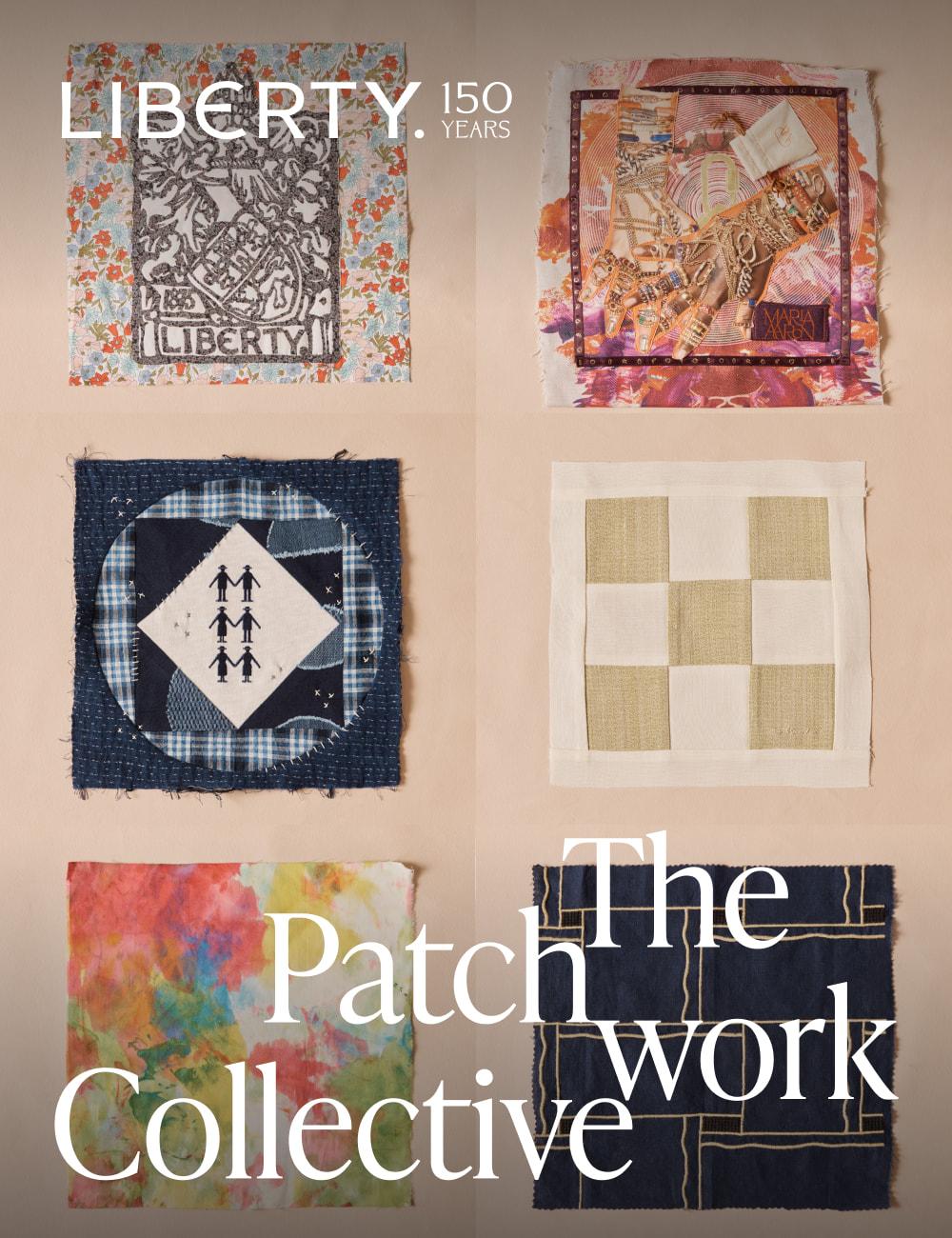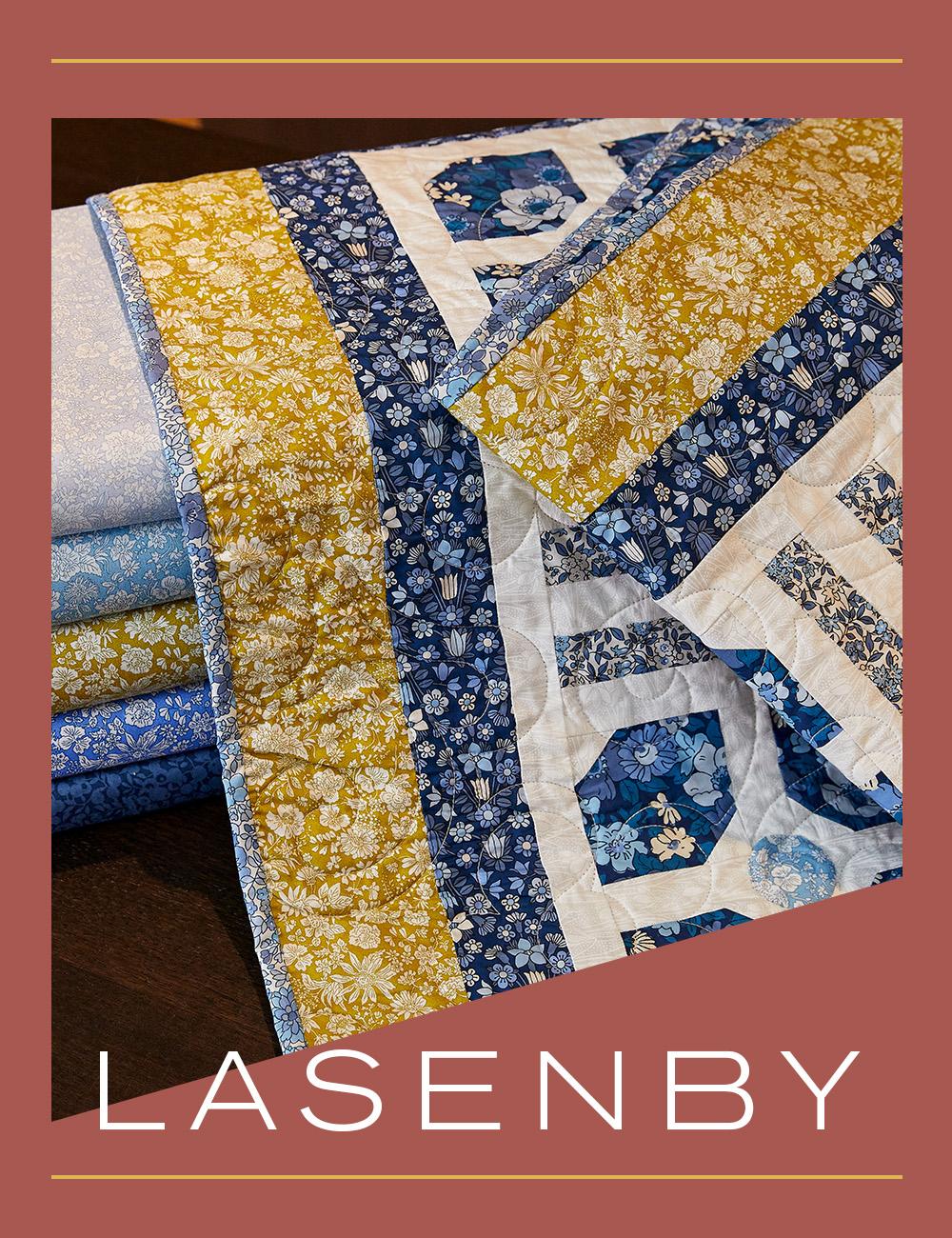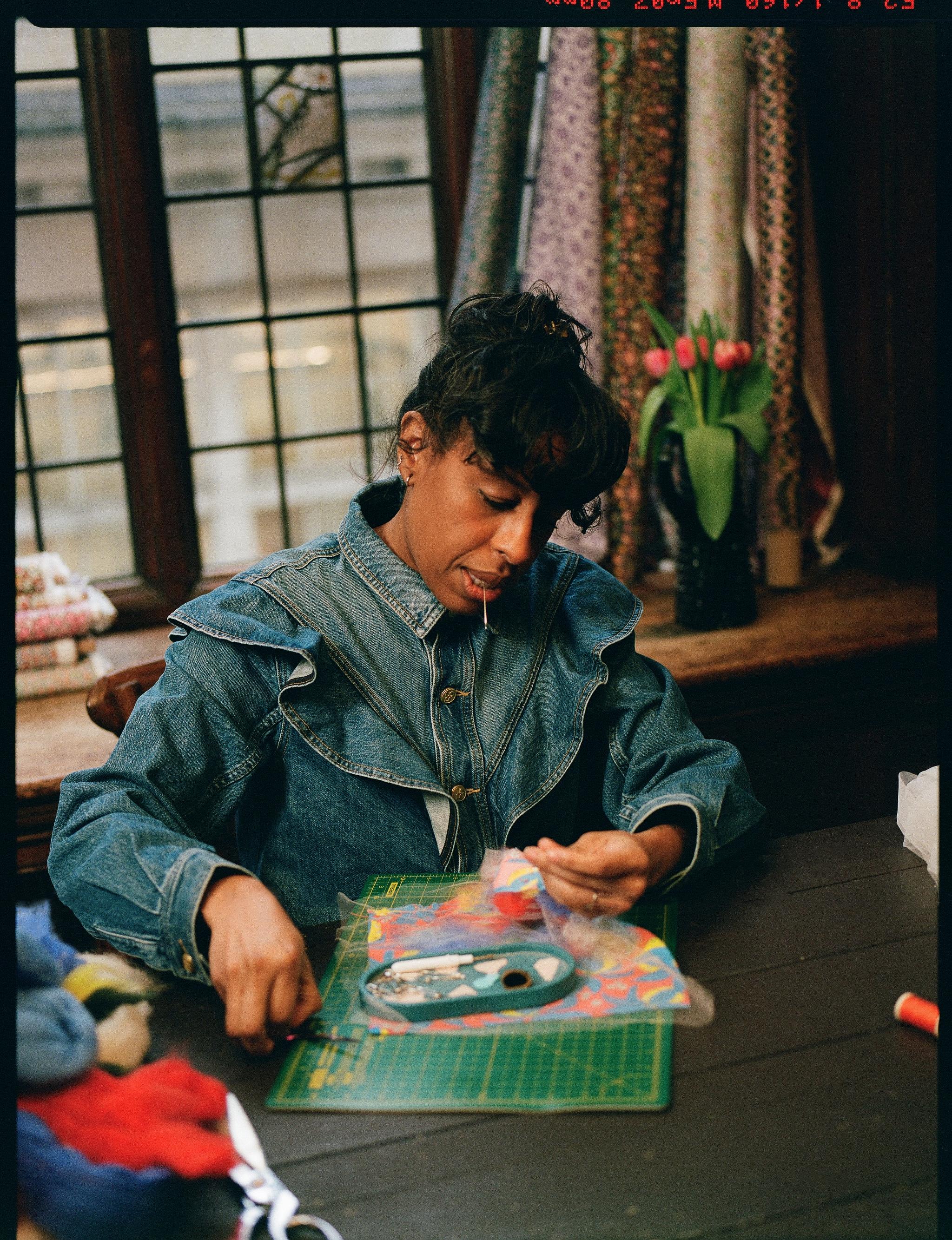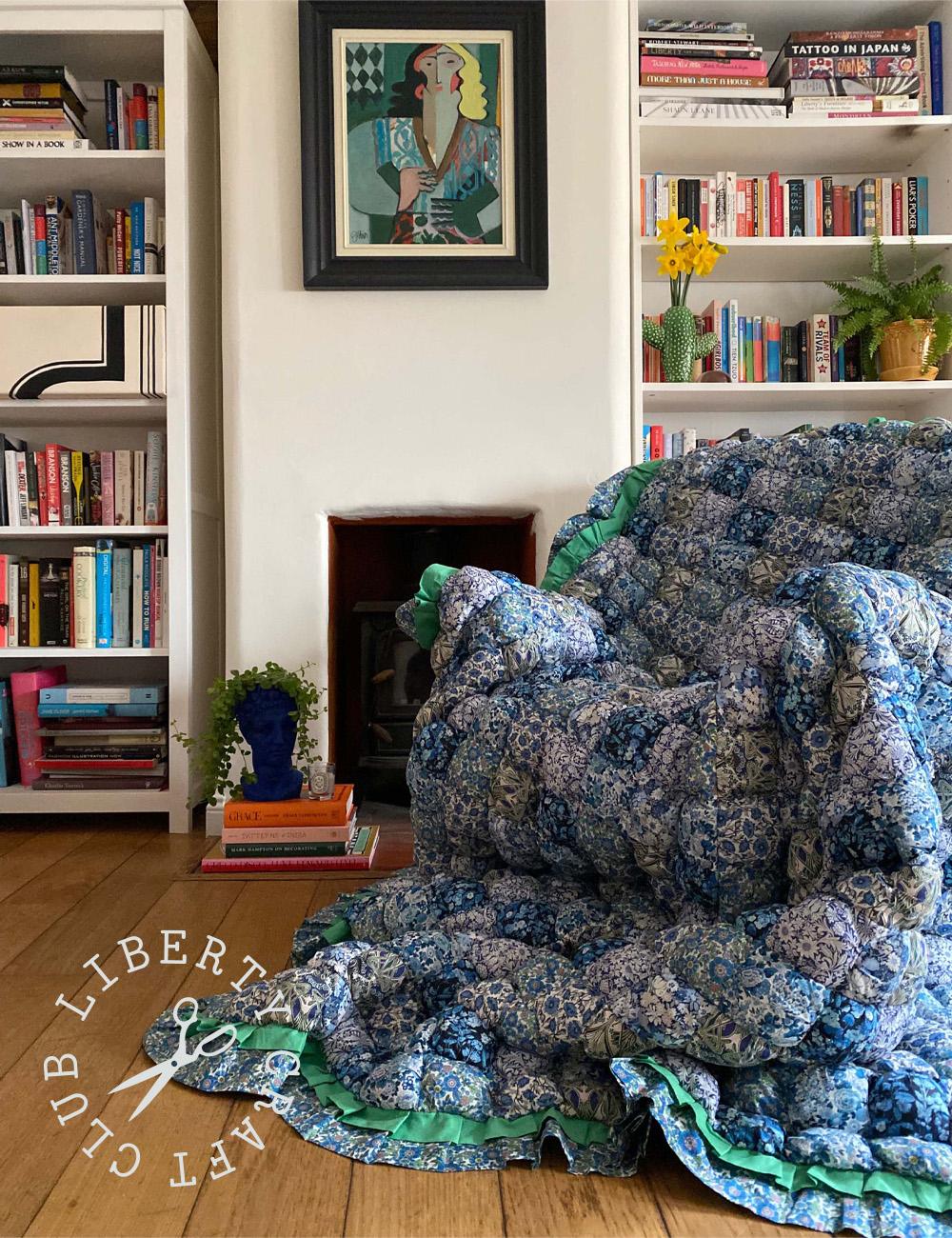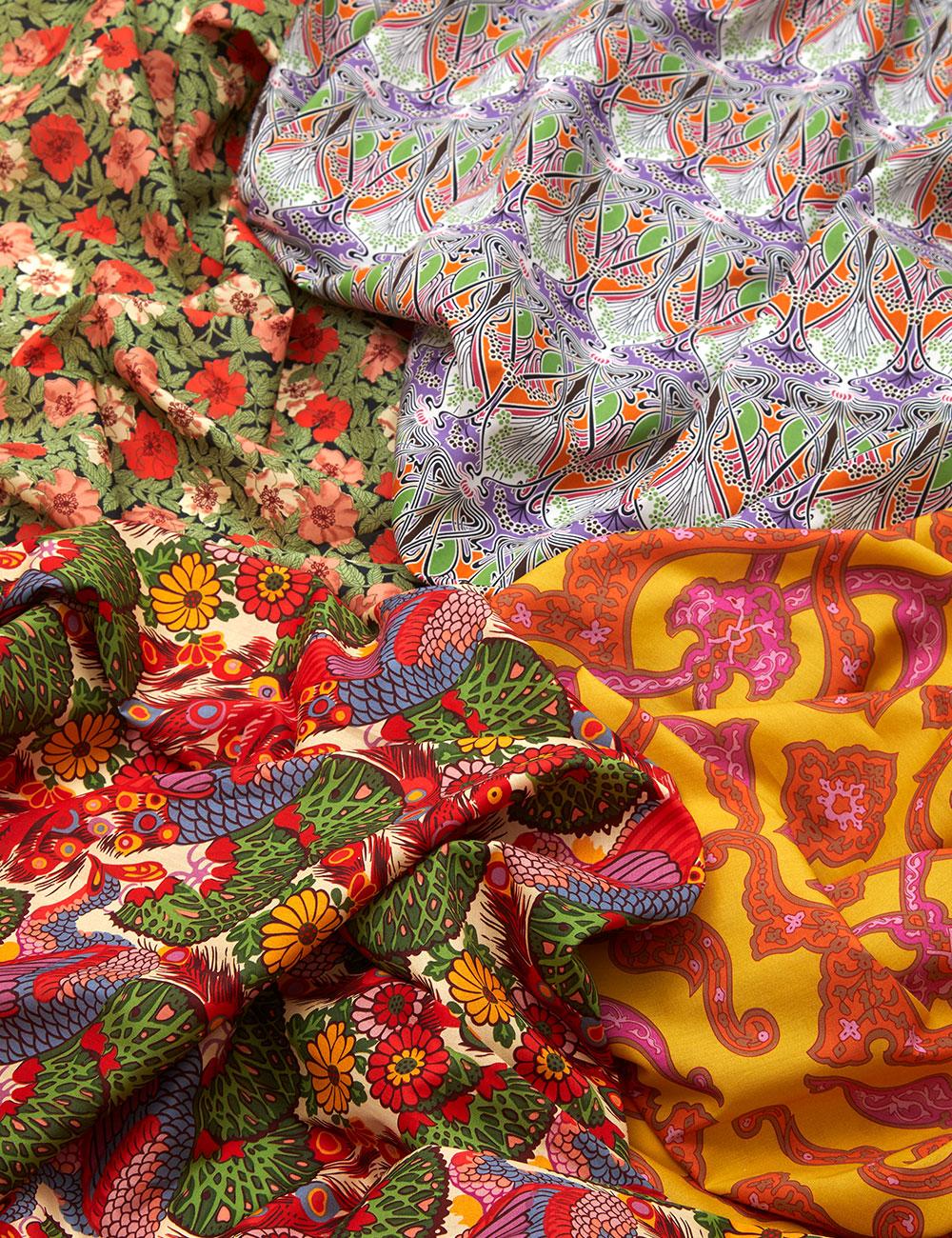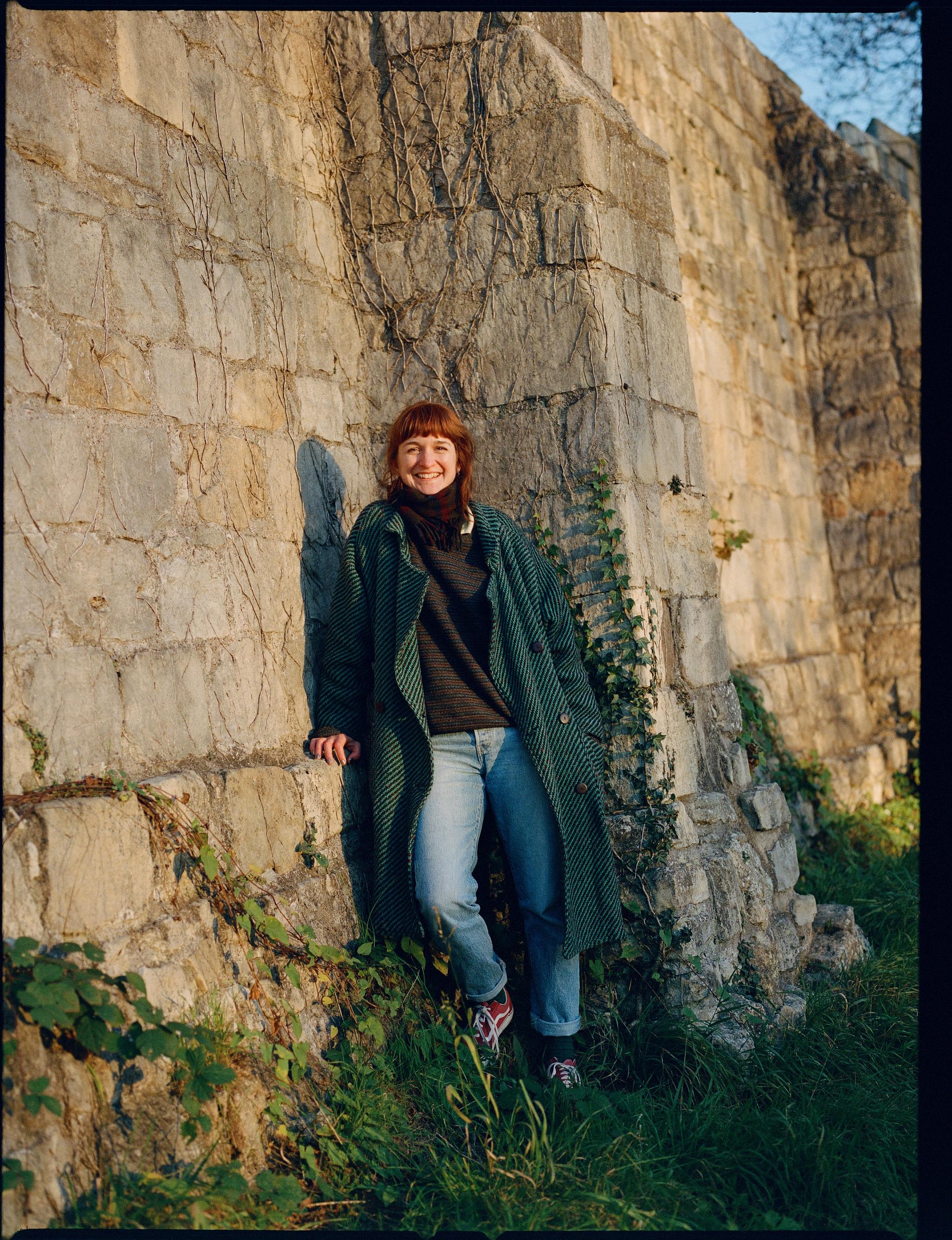
Slow crafting and creativity with Tessa Layzelle
The York-based quilter shares her thoughts on craft, calmness and the artistry of quilting
Read more

Slow crafting and creativity with Tessa Layzelle
The York-based quilter shares her thoughts on craft, calmness and the artistry of quilting
By: Team Liberty
2025 marks the start of Liberty’s 150th anniversary year, and what better way could there be to celebrate, than by connecting to our creative roots?
Artistry, creativity and craft have always been core to the Liberty world, and our new project, The Patchwork Collective, honours this heritage. Working together with our collective of creators, The Patchwork Collective will create a supersized work of art to be displayed in Liberty later this year, comprised of hundreds of unique patchwork squares.
There’s still time to get involved, so dust off your sewing machines and find out more here.
As part of The Patchwork Collective, we’re introducing some of the names involved in the project. Tessa Layzelle is a York-based quilter, artist and teacher and describes her style as: “imagery chopped and assembled from films, books, nature, painting, everyday life, [with] an early C20th Modernist flavour with a bit of whimsy and folk thrown in”.
Liberty travelled to York to find out more about her quilting journey.
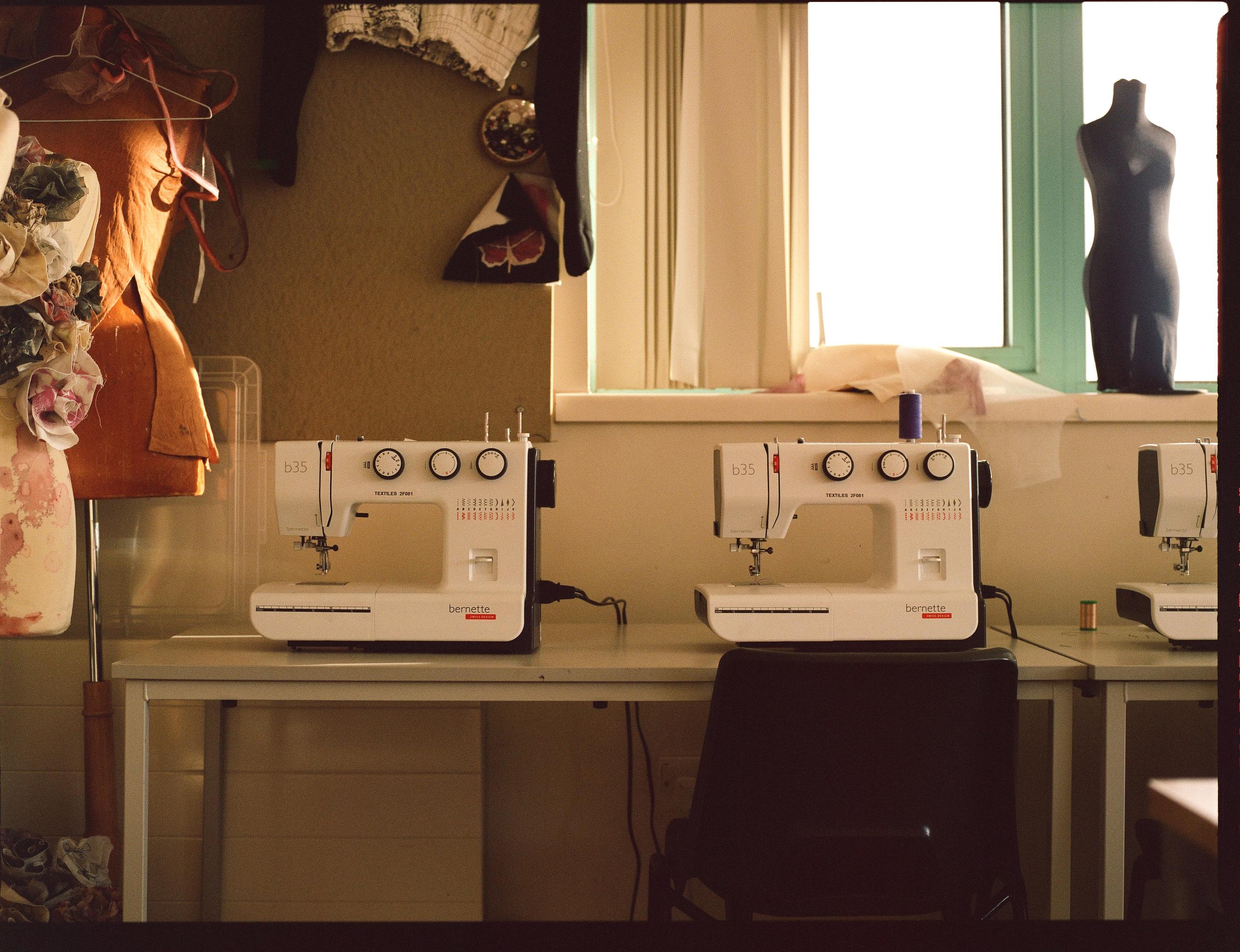
Can you introduce yourself, your background and your practice?
I'm Tessa and I’m based in York. I studied fine art at university and in my final year, I was pregnant and I wanted to be a painter, but needed a way to continue painting, working on a large scale, and exploring abstract forms and colour. A friend introduced me to the work of an American quilt maker, and it immediately resonated with me. I realised I could make quilts in the same way I wanted to create paintings.
Quilts provided a practical solution for me at the time, as I could pack the work away when needed, especially with a baby around. It was essential for me to keep creating, and quilting became a medium through which I could explore colour and abstract compositions while working on a large scale. Initially, I sourced fabrics from markets and made abstract pieces, I even sold some in a vintage shop where I was working. That’s really how it all started – a combination of practicality and the drive to turn my work into a source of income.

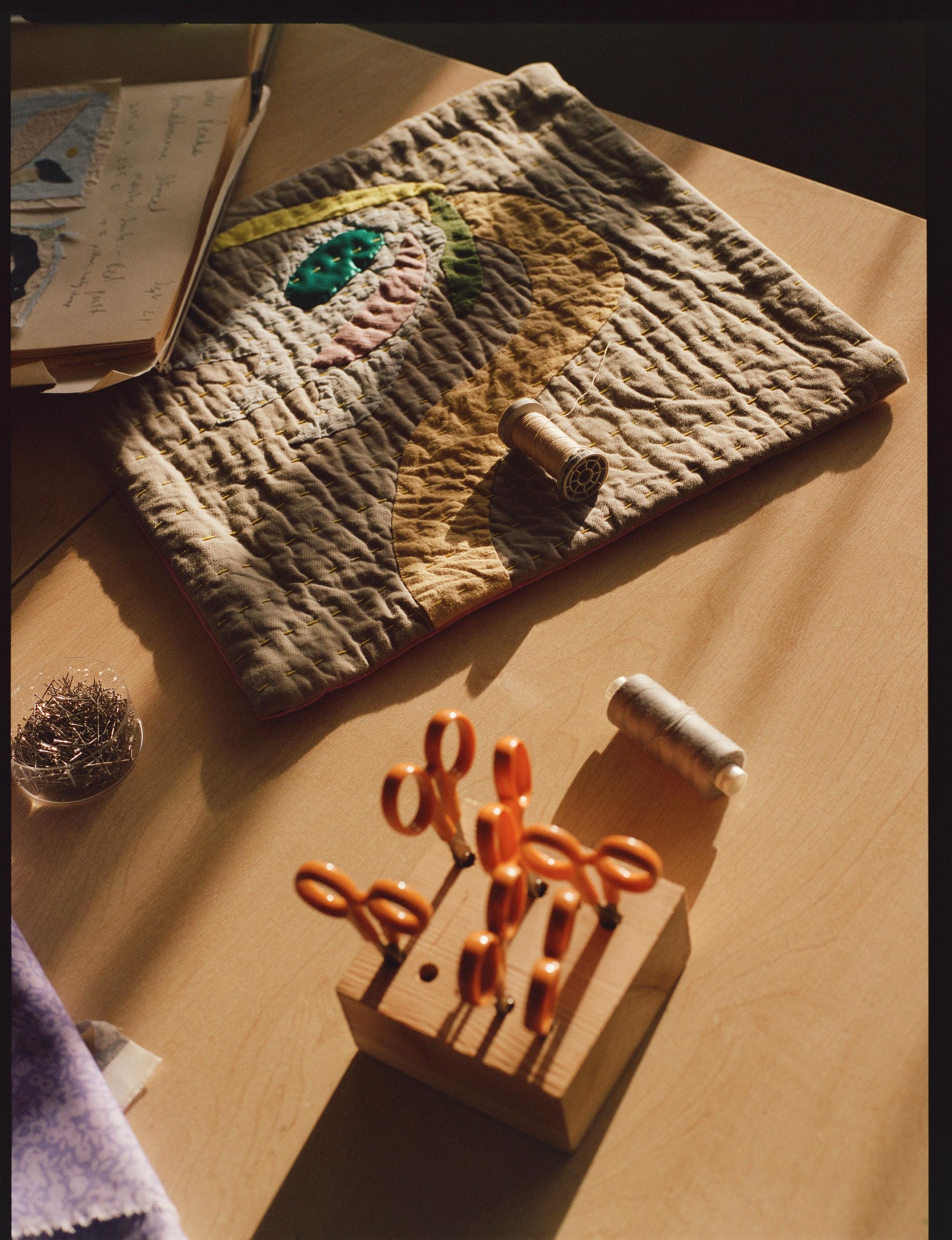
Have you met many people through quilting? For some, it’s a way to connect with others.
Interestingly, quilting has been more of a solitary activity for me. It’s time-consuming and slow, and alongside raising small children, it hasn’t been a community-focused pursuit. That said, I’ve connected with people through workshops I’ve run, particularly with students, which has been enjoyable. I understand quilting is often seen as something that brings communities together, but for me, it’s been quite personal and introspective.
How has living in York influenced your work?
Moving to York has given me the freedom to fully focus on my practice. Since being here, I’ve been entirely self-employed, which has allowed me to combine my quilting with external projects and workshops. It’s been a balance of family life and creative work, but York has provided the space to sustain this lifestyle.
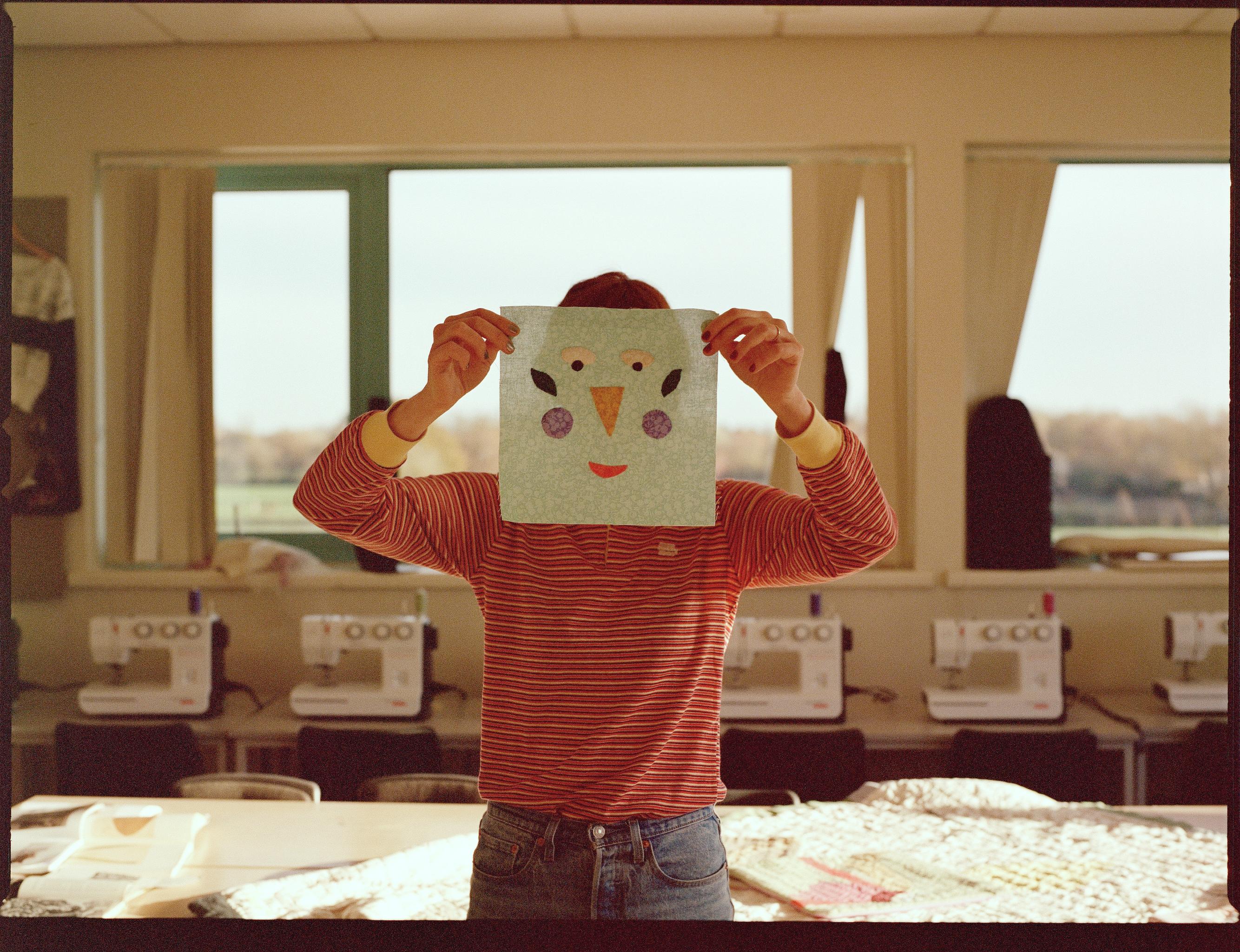
Would you describe quilting as a meditative practice for you?
In a way, yes. It’s a way of life for me – as essential as eating, sleeping, or breathing. Quilting is my means of existence and a way to lead a creative life. It allows me to explore the questions I want to address in my work, like those about colour, shape, and composition.
What do you enjoy about running quilting workshops?
It’s always fascinating to see how students interpret ideas differently. Today, we worked with faces and shapes, and although I provided the same materials, their approaches were entirely unique. That’s really exciting to witness. It’s wonderful to think that their individual patches will come together in a collective quilt where they can identify their contributions.
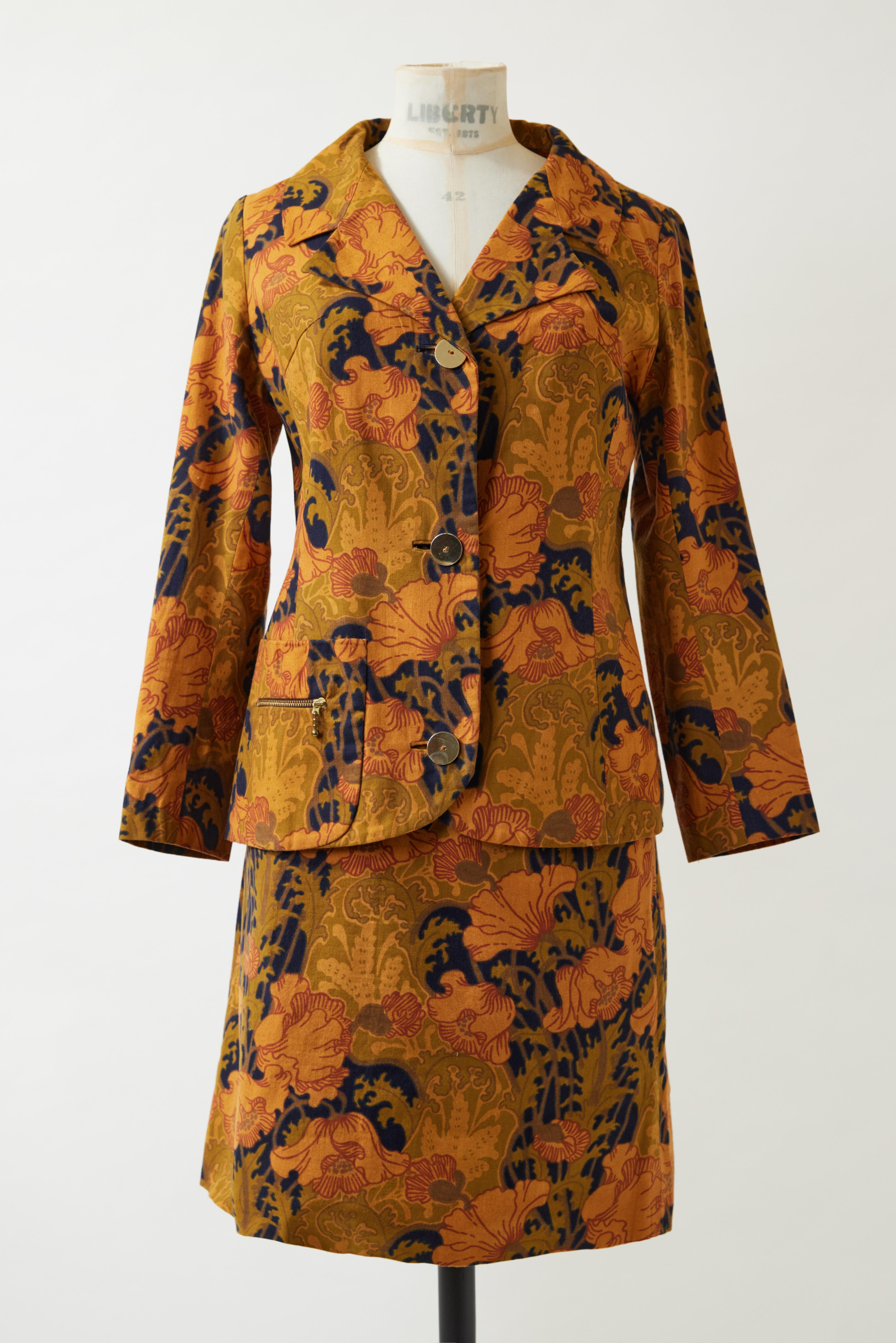
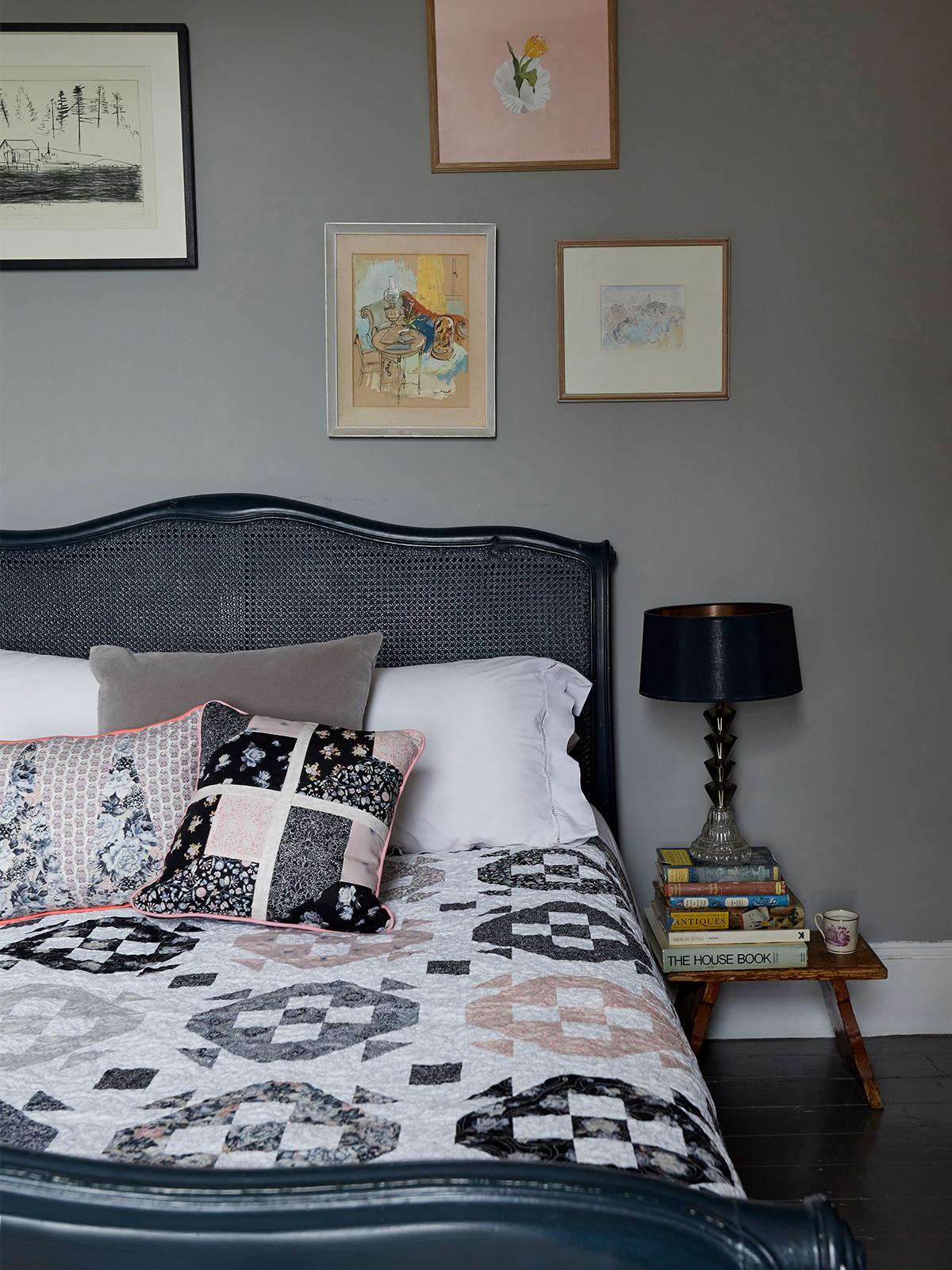
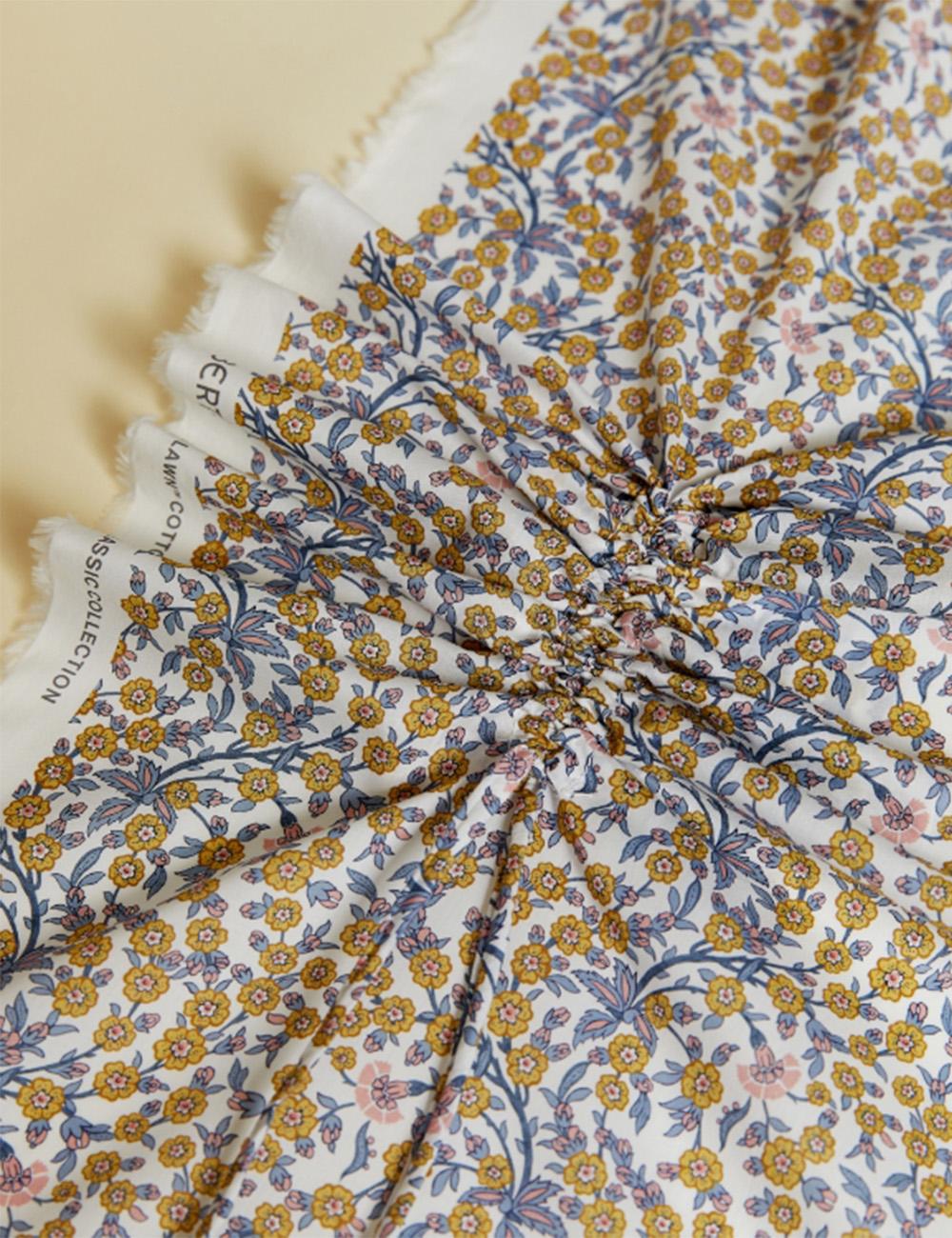
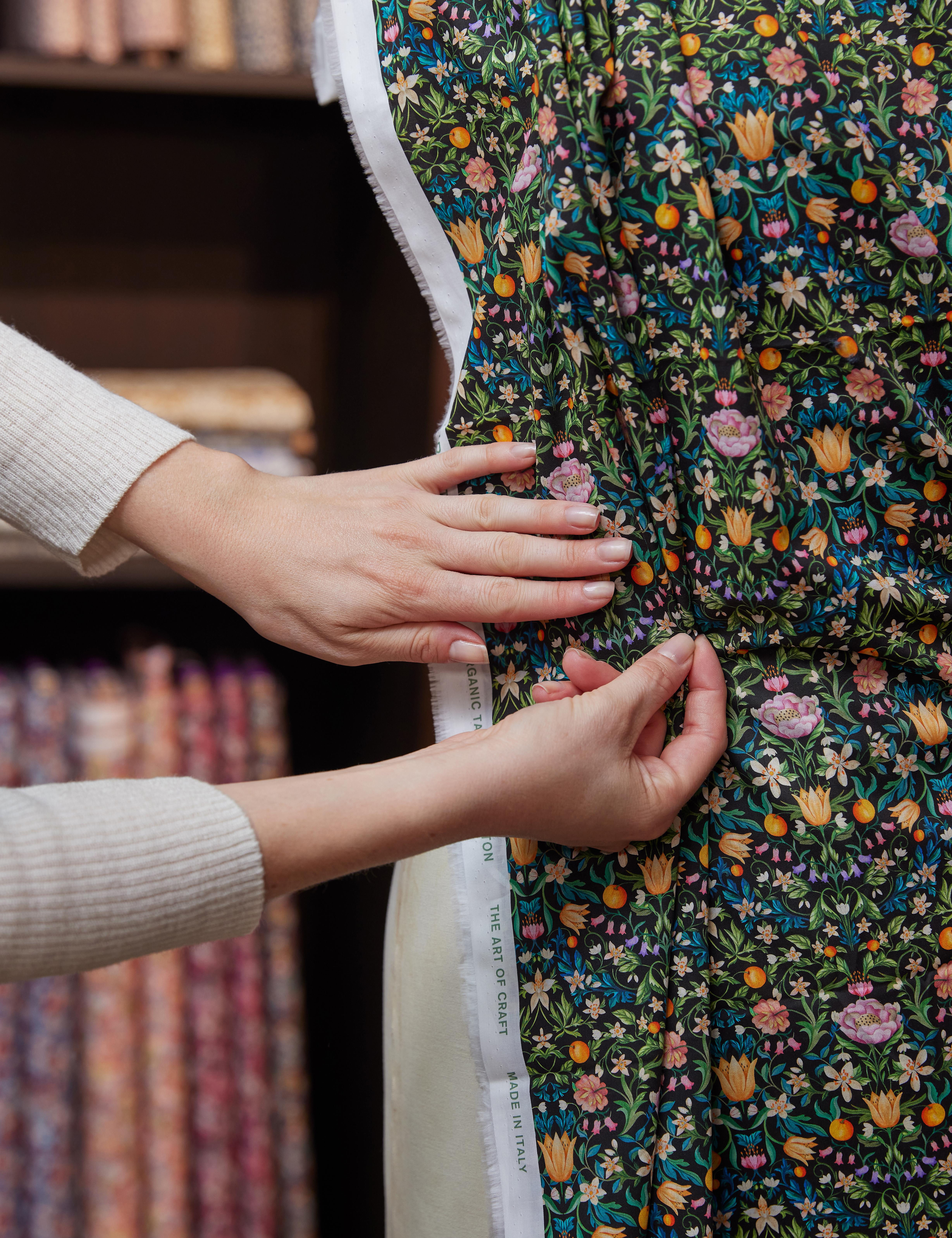
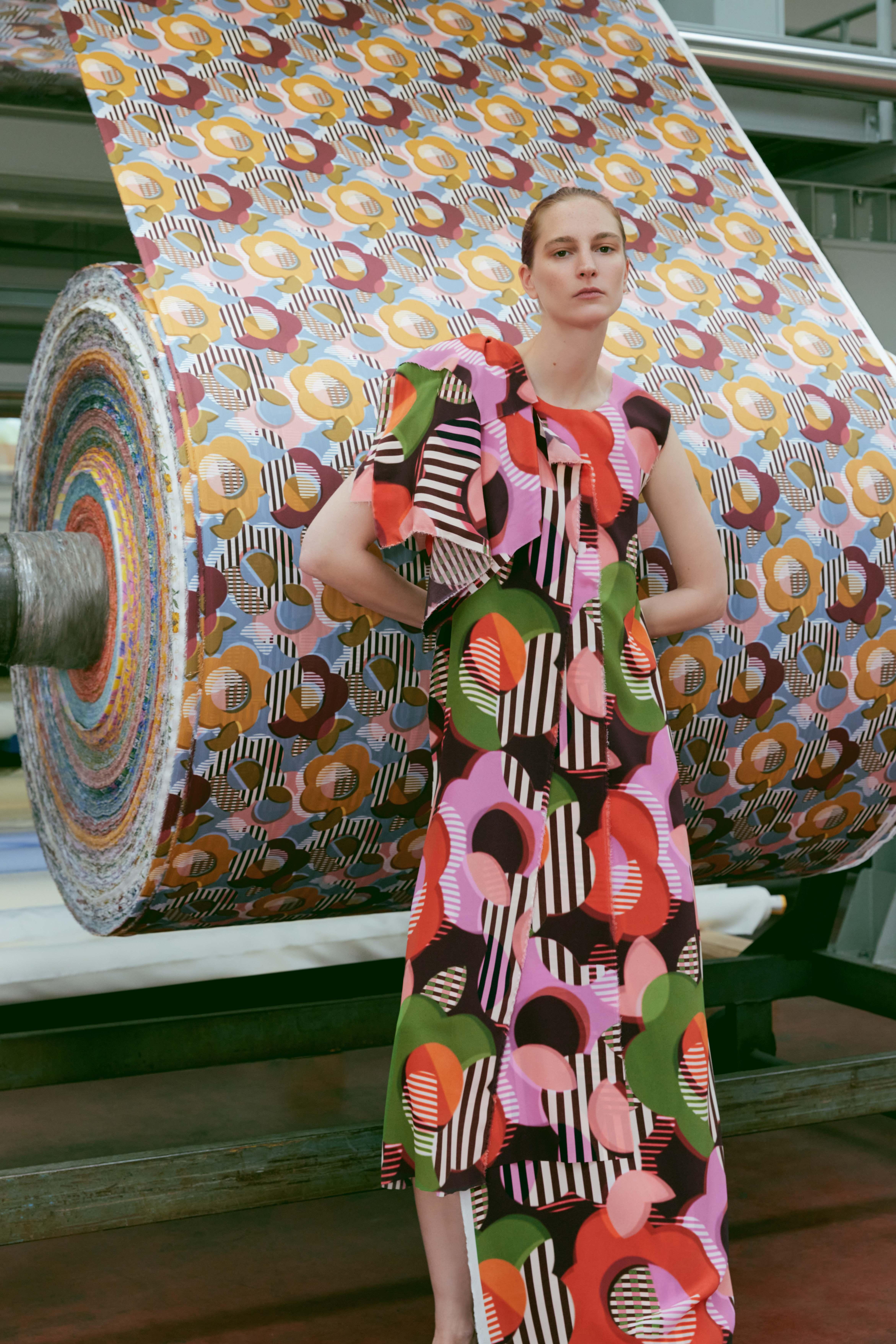

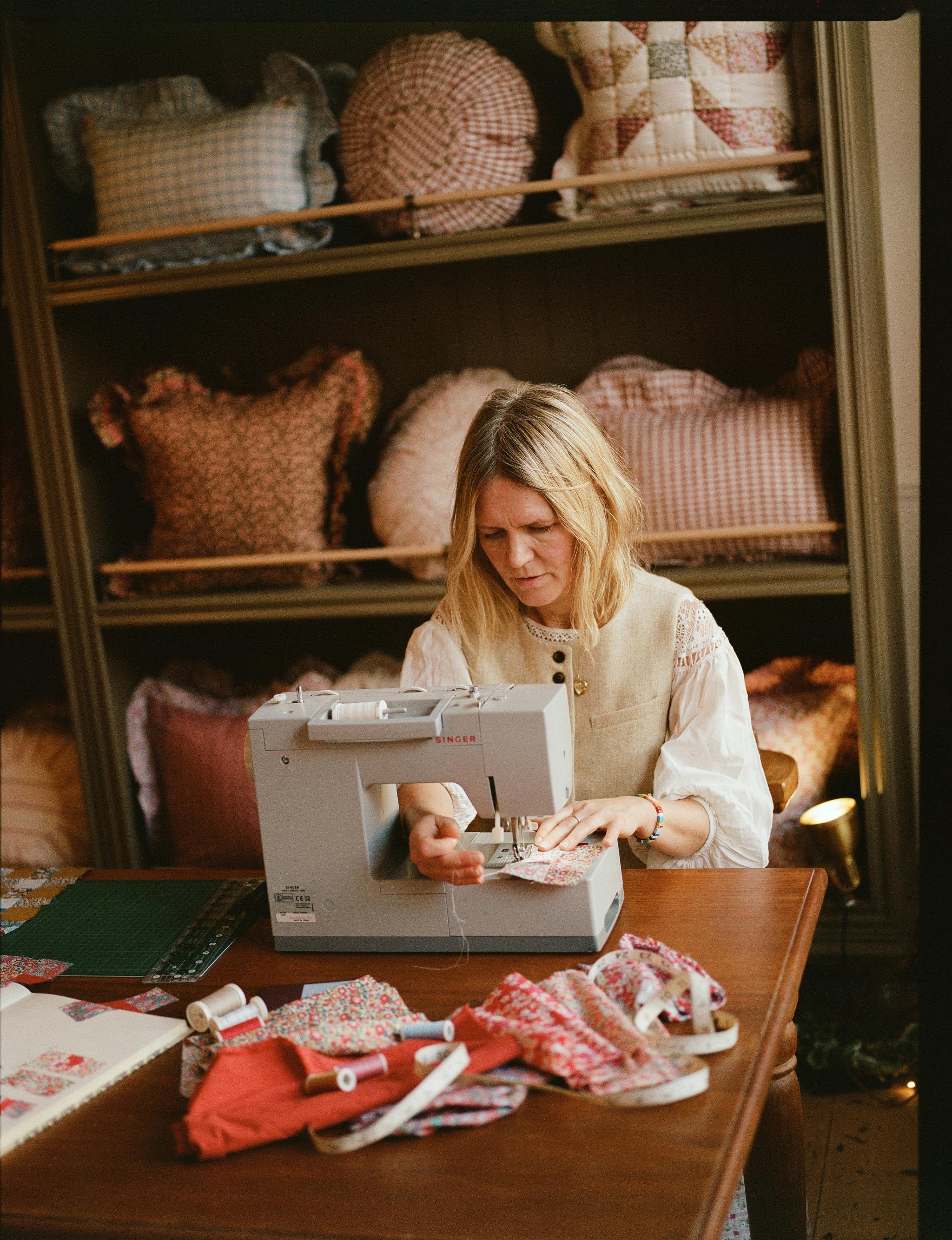
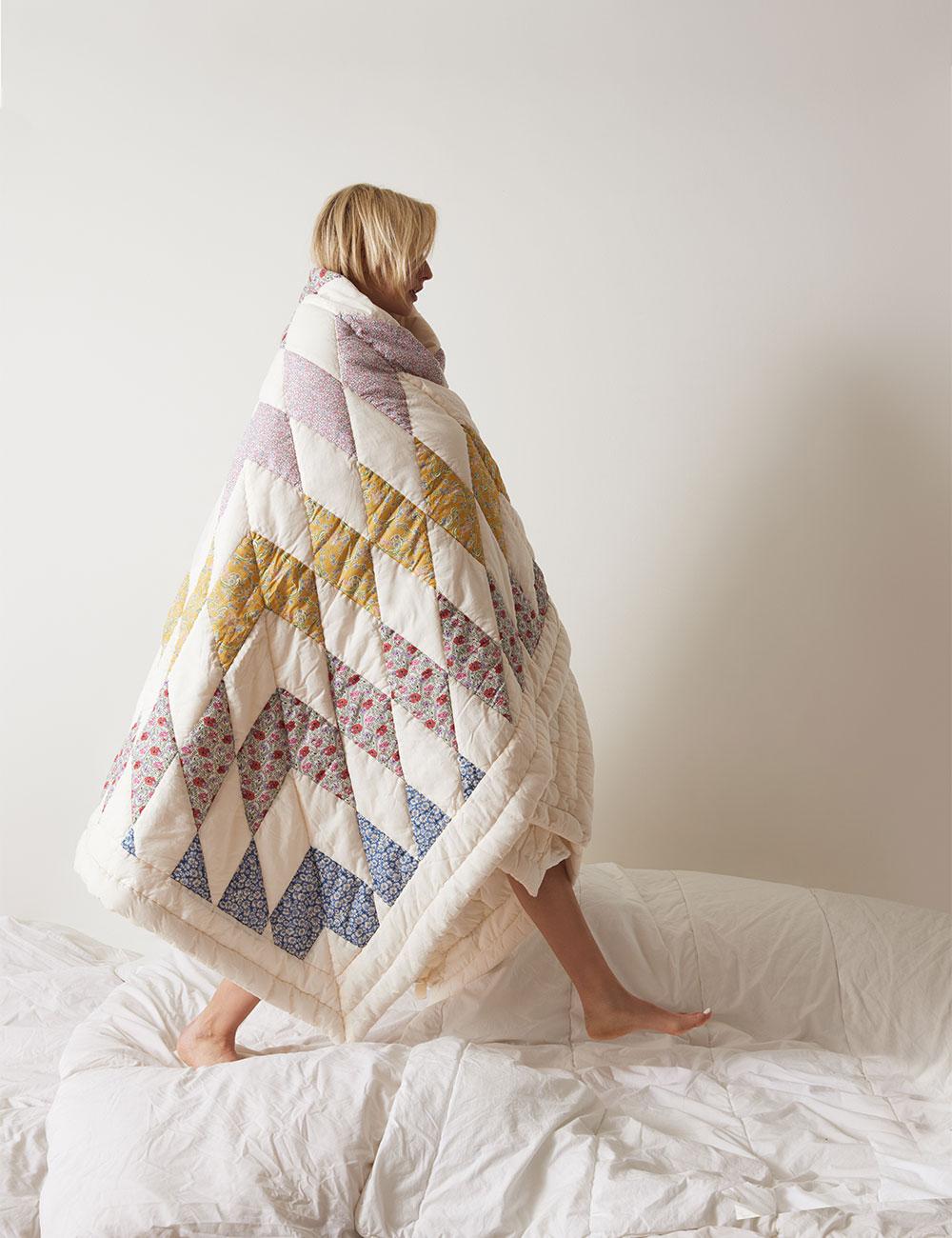
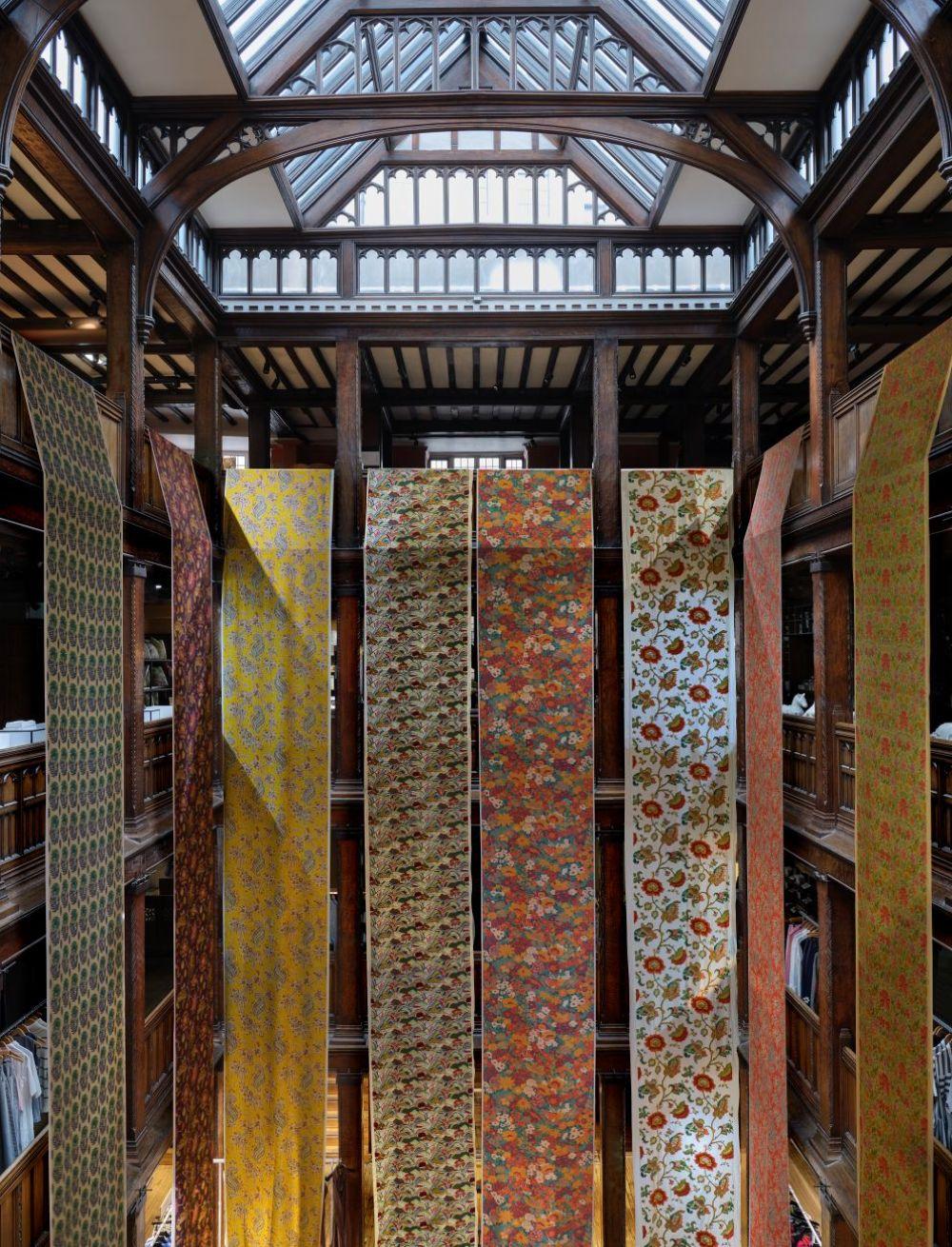
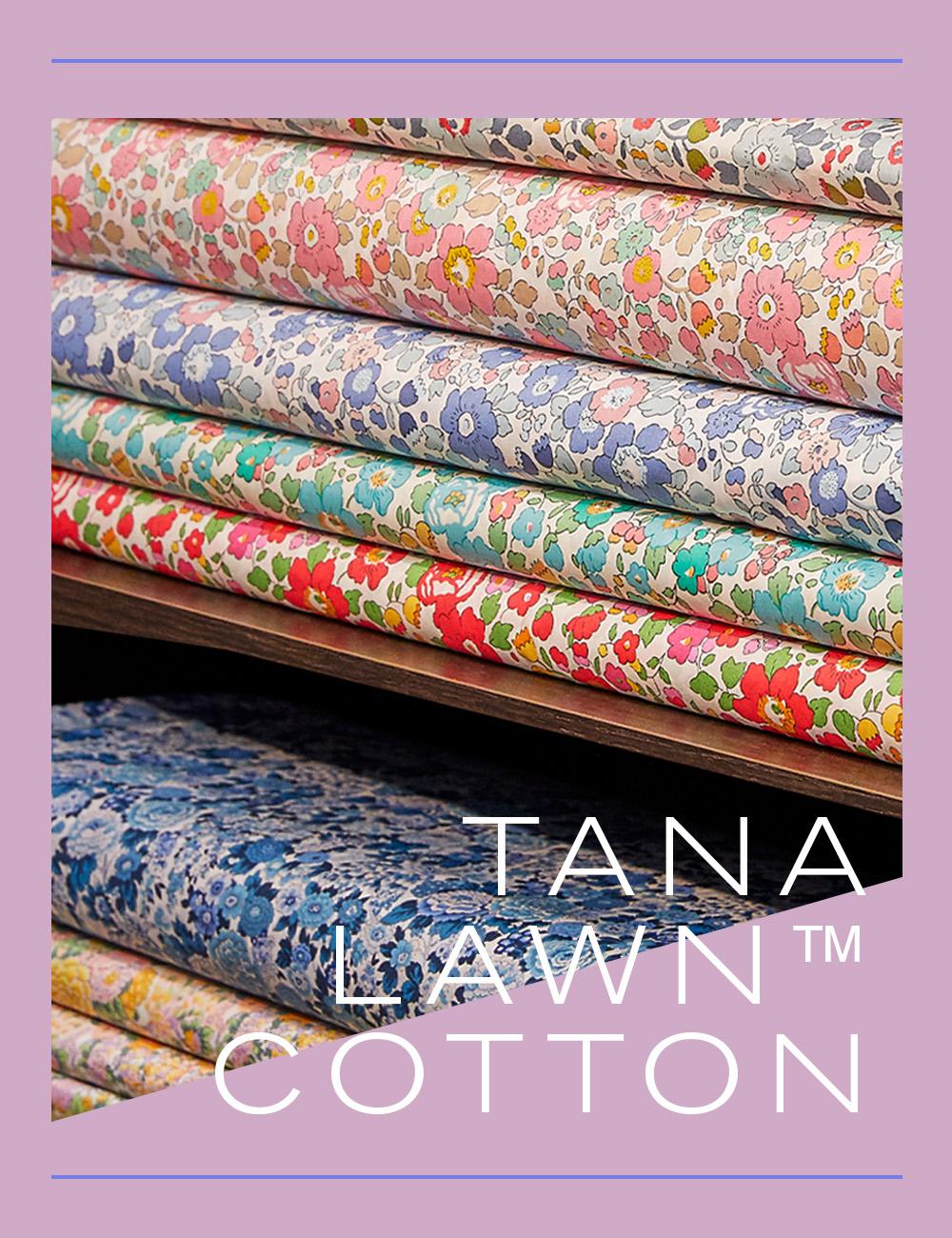
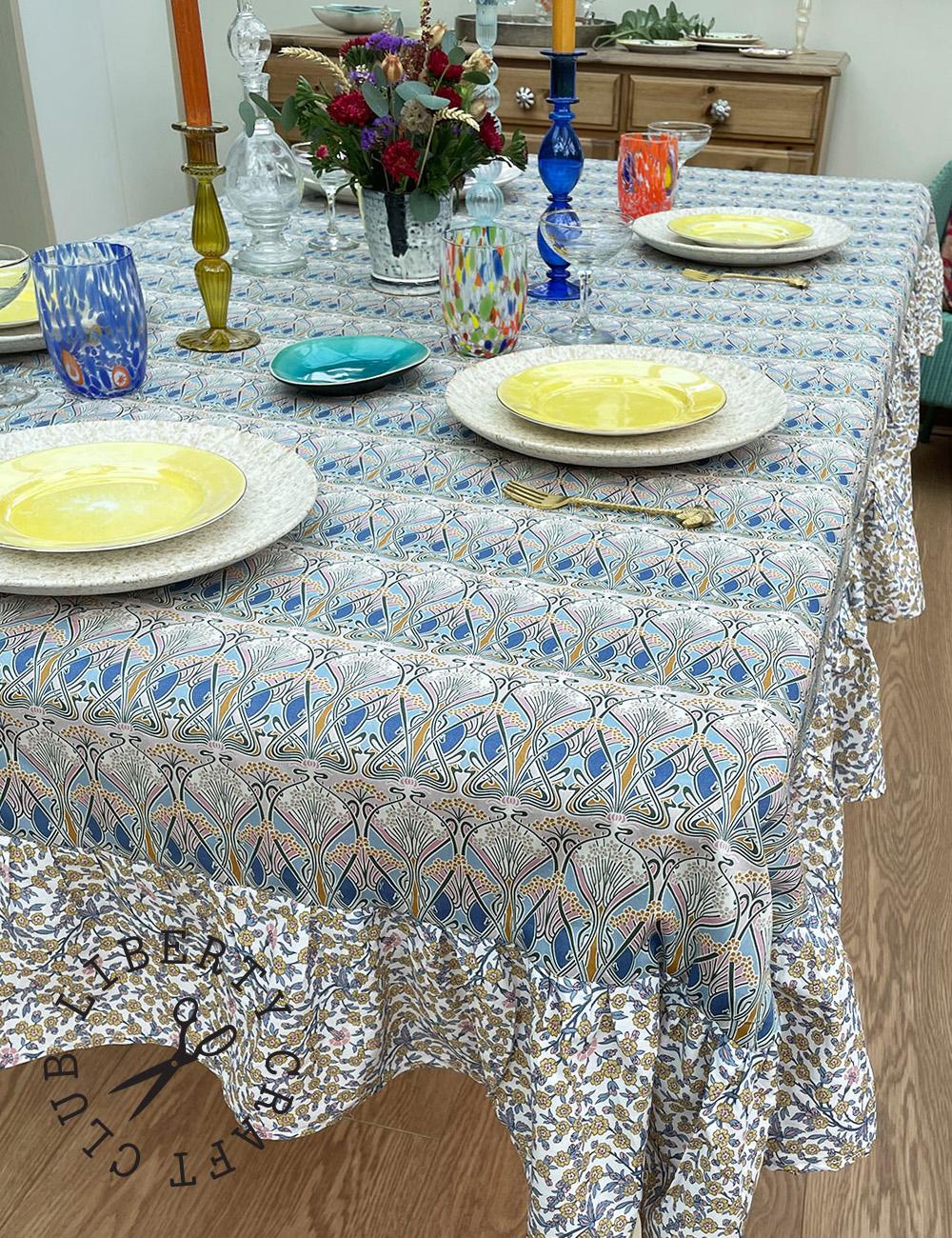
_0824_RETOUCHED?fmt=auto&qlt=default)
